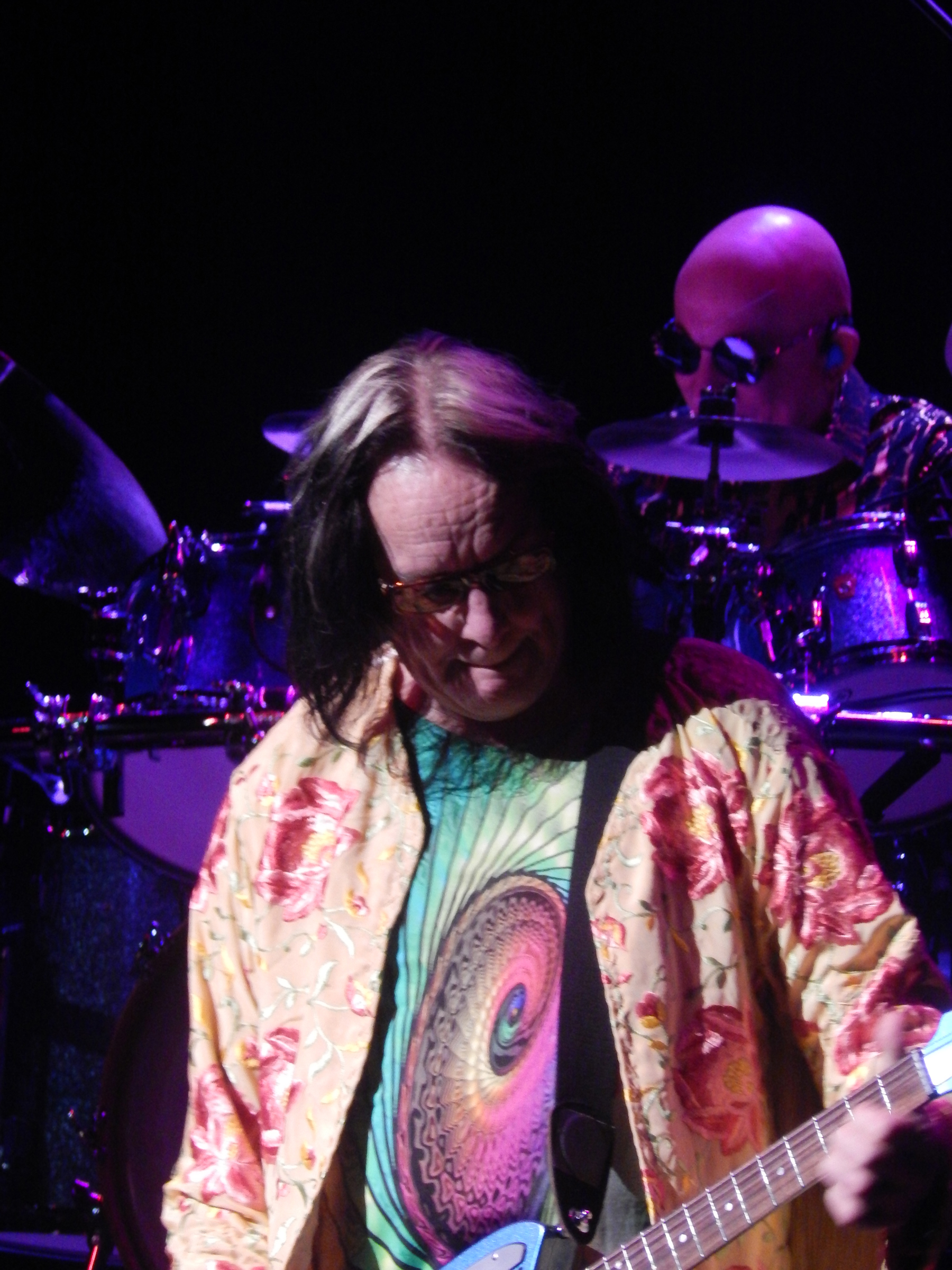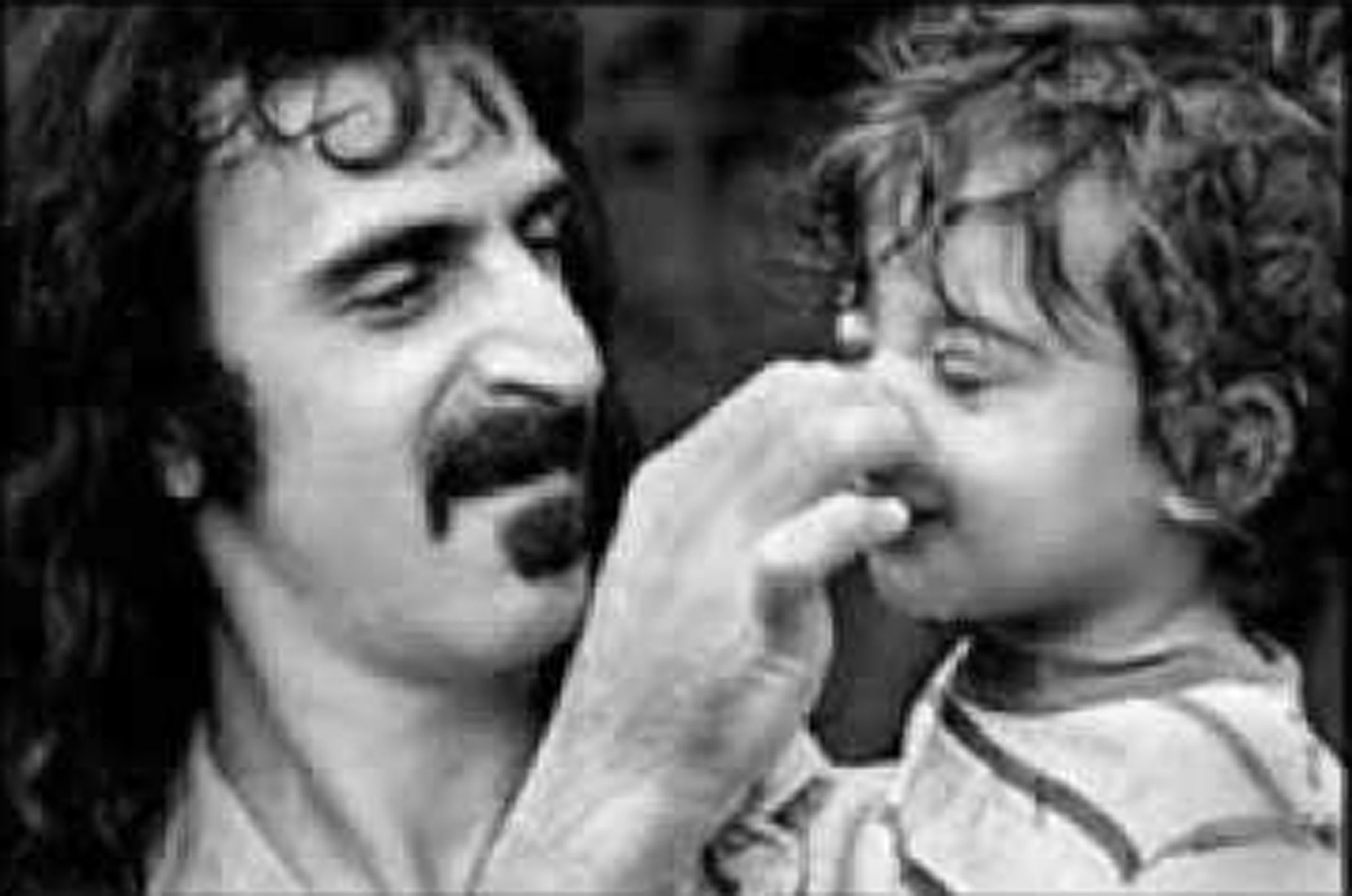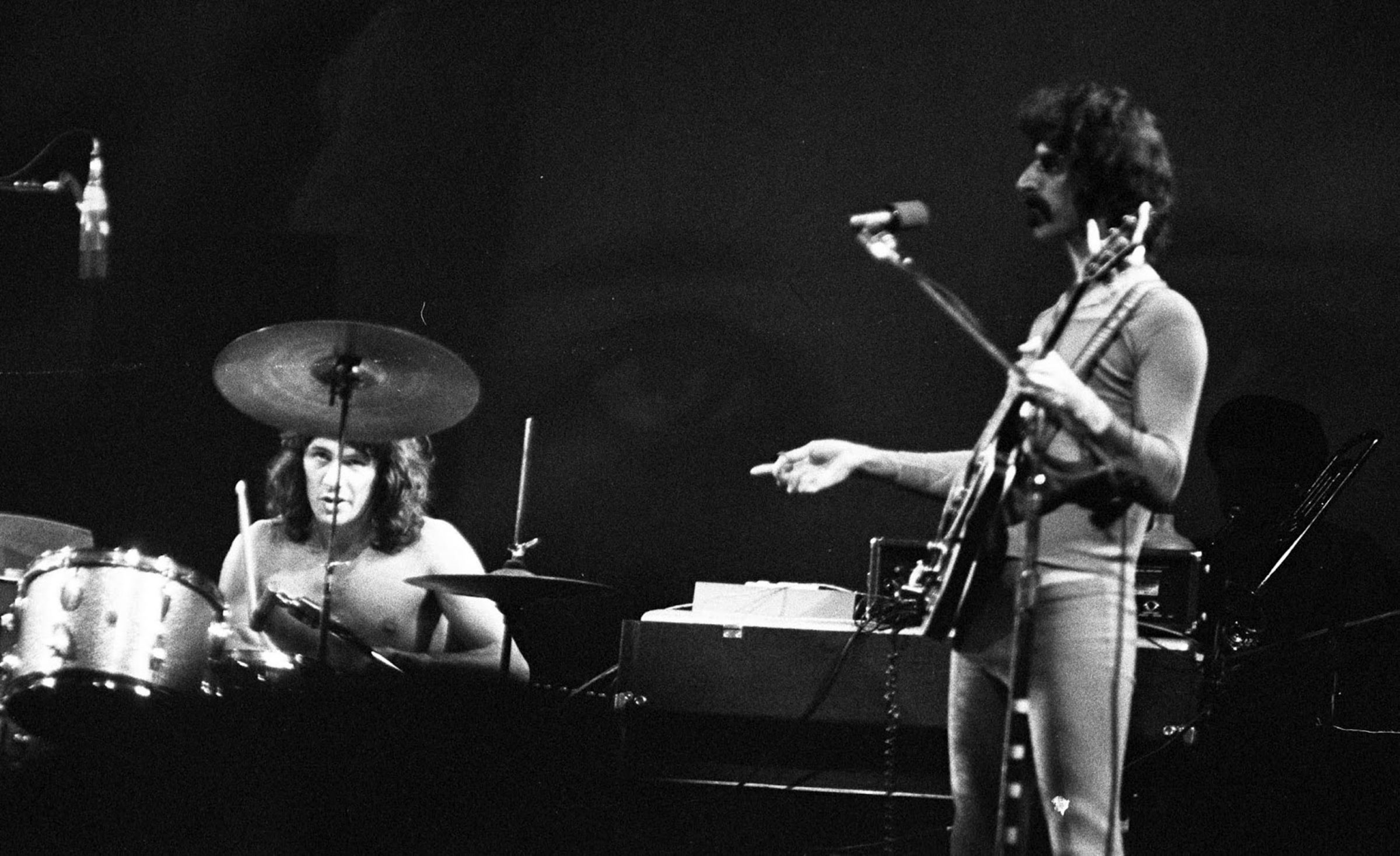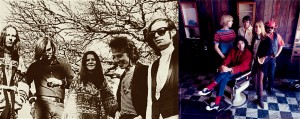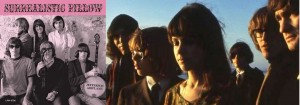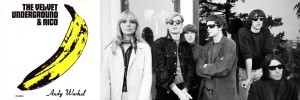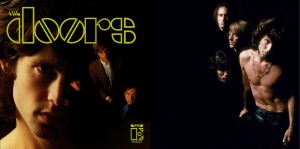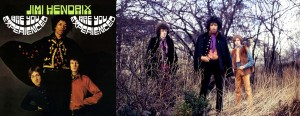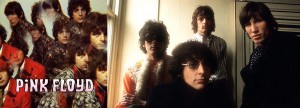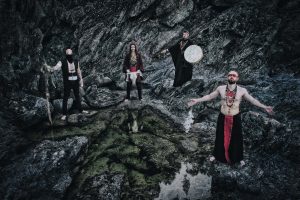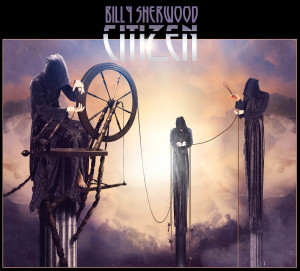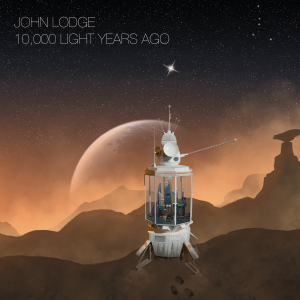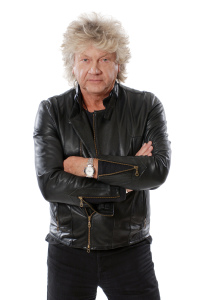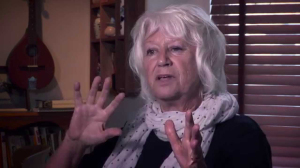(FRONTIER RECORDS; 2018)
In 1988, Geffen Records released an album of pop music with haughty (some would say pretentious) rock overtones by a band called 3. That band featured two-thirds of Emerson, Lake and Palmer (the sixty-six percent that wasn’t Greg Lake) and multi-instrumentalist journeyman, Robert Berry. The partnership was an attempt to play the more melodic style of progressive rock which had given Palmer and Berry (with Asia and GTR, respectively) some successes in the previous few years. Maybe the impetus grew from Keith Emerson’s desire for a wider audience than he ever experienced in the Nice or ELP; a growing need to be accepted. Whatever brought the three together, the resulting record, … To THE POWER OF THREE, was well received. With the band doing well on the road, Keith began to feel stifled by the record company’s insistence that they strike while the iron was hot, virtually demanding that they return to the studio to begin work on album number two; Keith’s answer was simple: He quit. Fast forward to 2015. Robert found himself in conversations with Italy’s Frontier Records regarding a new project from 3; After consulting with Emerson (but, apparently, not Carl Palmer) regarding the possibility of resurrecting the band, the two began writing and demoing new material, scheduled studio time, signed contracts with Frontier and… as quickly as it began, it was over: Keith Emerson had committed suicide. Reeling from the loss, Berry set aside the project; after a time of grieving and reflecting, Robert decided to once again resurrect the project – utilizing songs and snippets of ideas that he and Emerson had shared – as a final farewell to his friend and band-mate. Working as a one man band, he began work on what would become THE RULES HAVE CHANGED under the name 3.2. Does it work? For the most part, I think so. The record is split fifty-fifty with new Berry compositions and pieces that he and Keith had been working on before the latter’s death. Still, Emerson’s larger-than-life character and overwhelming musical sensibility are felt throughout what Robert has accomplished here.

“One By One” starts with a magnificent, cinematic piano piece before a grandiose, symphonic blast of power propels the song into the first verse, where Mister Berry’s pop leanings are on display front-and-center. Here, the number takes on the feel and scope of an Asia-like progressive ballad; the instrumental passages convey a blend of piano-driven Jazz and Classical phrasing, which informed much of Emerson’s career. Time changes and sudden shifts in style over the tune’s seven-plus minutes, while off-putting at first blush eventually come into focus as the ultimate tribute and a heartfelt homage to Keith Emerson. On “Powerful Man,” the original intent of the group is brought into sharper focus, with what could be considered a more radio friendly sound within a simpler – by comparison – more compact and focused five minute rock song, led by Robert’s Emerson-inspired keyboard work. This certainly would not sound out of place nestled between the poppier works of GTR, Asia or even Trevor Rabin-era Yes. With the title track, the pomposity almost crushes the feel of what the artist was trying to convey, lyrically. The song is a double-edged sword, as the words could be taken as a betrayal by a lover or, more deeply, it may also be construed as an open letter in which Robert attempts to heal the wounds torn open by Emerson’s suicide. Perhaps “The Rules Have Changed” would have been better with a more stripped-down approach but, then, Keith Emerson was never known for his subtlety. Referencing many of Emerson’s most well-known riffs, “Our Bond” is, finally, Robert Berry’s soul stripped bare over the loss of a dear friend. Likewise, the music is stripped of any pretensions of grandiosity. This, the third of four numbers written solely by Berry, brought a shiver to my spine, particularly the perfect, lone piano that closes out the piece. It is, by far, my favorite track thus far.
“What You’re Dreaming Now” has the unmistakable mark of Keith Emerson and the glory days of ELP (as well as a bit of ELPowell ‘80s bombast) all over it; Berry’s vocal phrasing even shares a certain quality, if not timbre, with Greg Lake while his drumming exhibits the power of Cozy Powell along with the finesse of Carl Palmer. It may not be the strongest composition on the album, but for sheer progressive physicality, it’s hard to beat. The playful, almost joyful sound of WORKS-era Emerson, Lake and Palmer (I’m thinking something like “Tiger In a Spotlight” from …VOLUME TWO) are in full effect on “Somebody’s Watching,” with a pumping bass and a guitar set to “power chord stun.” The keyboards sound as if they could have been recorded by Emerson at any time over his illustrious career; as Keith has a co-writing and co-arrangement credit on the tune, one does wonder if Robert used a snippet of a demo that Keith had provided and built the track around that unfinished framework. “This Letter” starts off as beautiful ballad, with a nice acoustic guitar lead and hints and echoes of piano playing around and beneath a ragged vocal; an synth-derived orchestra plays in as the pace begins to quicken at about the halfway mark. All well and good but, the piece begins to morph into a sort of gypsy parody of itself shortly after the introduction of a ragtime piano and we are soon witness to the number devolving into something so far afield from where it began that the joy – for me, anyway – is sucked right out of it. It’s as if Berry has taken two very different songs and jammed them together in an attempt to… what? The first half borders on exceptional while the second half borders on theatrical overkill. Things are definitely back on track with the final track, “Your Mark On The World,” with power chords aplenty and the return of the Emerson penchant for verbose noodling on every keyboard he could get his hands on. As much as I dislike the second half of “This Letter” for that same verboseness, it works in the context of this more upbeat number. Oddly enough, the thing seemed to end way before it was actually over – at 5:20, Robert just… stops! It really felt like it could have and should have gone on for another two minutes, at least. Oh, well… such are the vagaries of Rock and Roll and, if it took me almost an entire record to find something to complain about, I’d say that Robert Berry has done Keith Emerson proud. Well done, Mister Berry!







